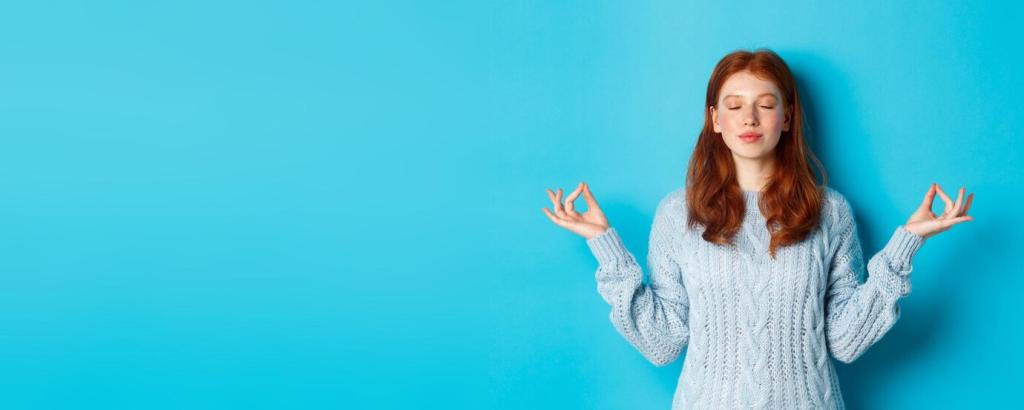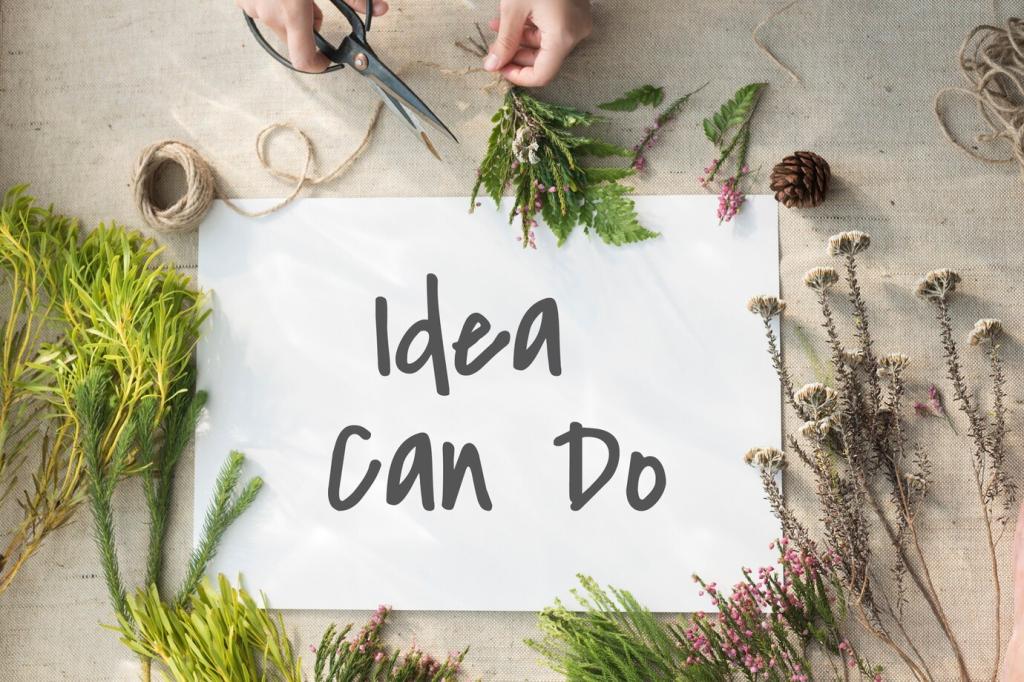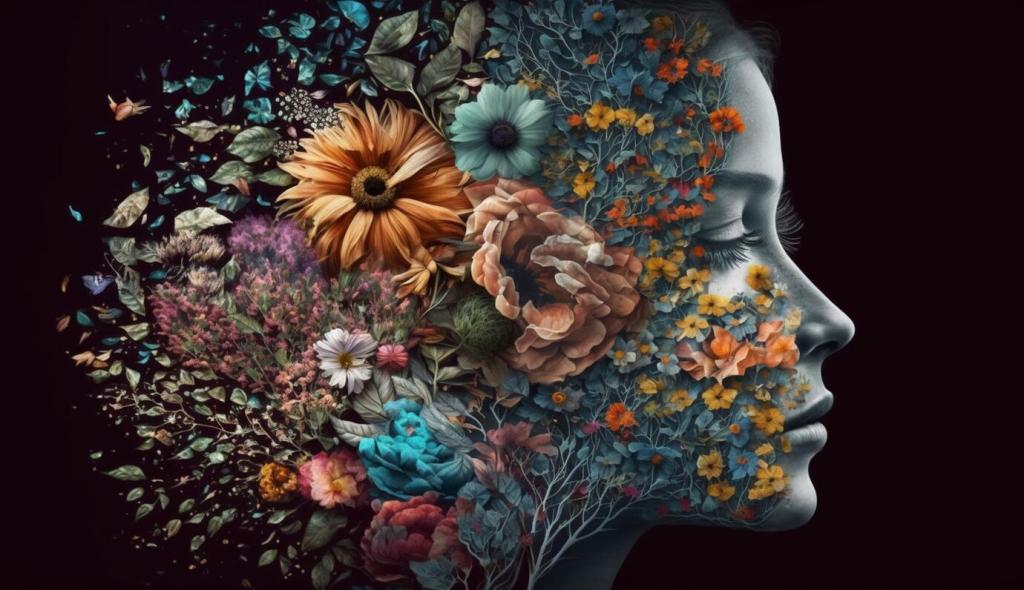
Sound Meditation for Art Enthusiasts: Tune Your Creativity
Chosen theme: Sound Meditation for Art Enthusiasts. Breathe in tone, exhale color—let mindful listening unlock new textures, braver palettes, and steadier hands. Join us, experiment with sound before you create, and share how your art transforms when silence finally starts to sing.
The Science of Sound-Driven Flow
Research links relaxed attention with alpha and theta brain rhythms, the same states supported by slow breathing and steady, simple sounds. While you listen, notice when edges soften, color choices feel playful, and surprising ideas surface without forcing them into place.
The Science of Sound-Driven Flow
Let a gentle beat become your tempo. Slow rhythms encourage longer, more deliberate strokes; syncopation can spark bolder gestures and layered improvisations. Artists from many eras explored color–sound correspondences—use rhythm intentionally and observe how your gestures shift with each pulse.


Designing a Sound-Meditative Studio
Acoustic Zoning and Materials
Hard walls bounce noise; soft textures absorb it. Add rugs, curtains, and book-lined shelves to tame reflections. A corner with diffusion panels or a quilt can create a gentle listening zone, so tones feel intimate and steady rather than harsh or scattered.
Tools of Tone
Keep a small sound kit: a singing bowl for grounding, wind chimes for lightness, a kalimba for melody, or a simple white-noise fan to mask street sounds. A phone decibel app helps you keep comfortable levels that soothe rather than overwhelm sensitive ears.
A Ritual That Anchors You
Try this sequence: three slow hums, four-count nasal breaths, one soft strike of a bowl, and a whispered intention—“Tonight I follow light.” Repeat daily. The ritual conditions your body to enter focus quickly, making flow feel familiar and reliably reachable before you paint.
Before you enter, pause outside. Breathe for two minutes while noticing ambient tones—traffic murmurs, footsteps, wind. Hum quietly into your chest, then step inside with softened attention. This gentle prelude primes your senses to receive color, texture, and scale with fresh curiosity.
Museum and Gallery Listening Practices
Color–Sound Synesthesia Exercises
Pick seven hues you adore. While a steady drone plays, assign each hue a pitch in your imagination. Do not chase rules; chase sensation. Revisit the map weekly, adjusting until the connections feel inevitable, like hearing a note and instantly reaching for its color.


Color–Sound Synesthesia Exercises
Let timbre guide mark-making: a bowed cello suggests long, velvety strokes; a brushed snare hints at dry, whispery textures; a clarinet inspires smooth gradients. When you paint, name the timbre aloud. The label anchors your body, and your hand obeys the felt instruction.
Guided Sessions and Playlists
Ten-Minute Tune-In Script
Sit comfortably. Four-count inhale, six-count exhale for two minutes. Hum softly on exhale. Add a single bell tone every few breaths. When calm arrives, choose one palette without thinking, then make five exploratory marks. End with gratitude for one surprising thing your hand discovered.
Thirty-Minute Deep Dive
Start with five minutes of box breathing. Then fifteen minutes of gentle ambient music or low-contrast binaural beats at a comfortable volume. Finish with ten minutes of silent detailing. Keep notes about shifts in attention and color boldness, refining the playlist that best supports your focus.
Safe Listening, Gentle Boundaries
Keep volume low enough to hold a conversation. If you notice tension or memories surfacing, pause, ground with breath, or switch to silence. Protect hearing with breaks, especially when using resonant instruments. Always prioritize comfort; meditation should feel supportive, never overwhelming or disorienting.

